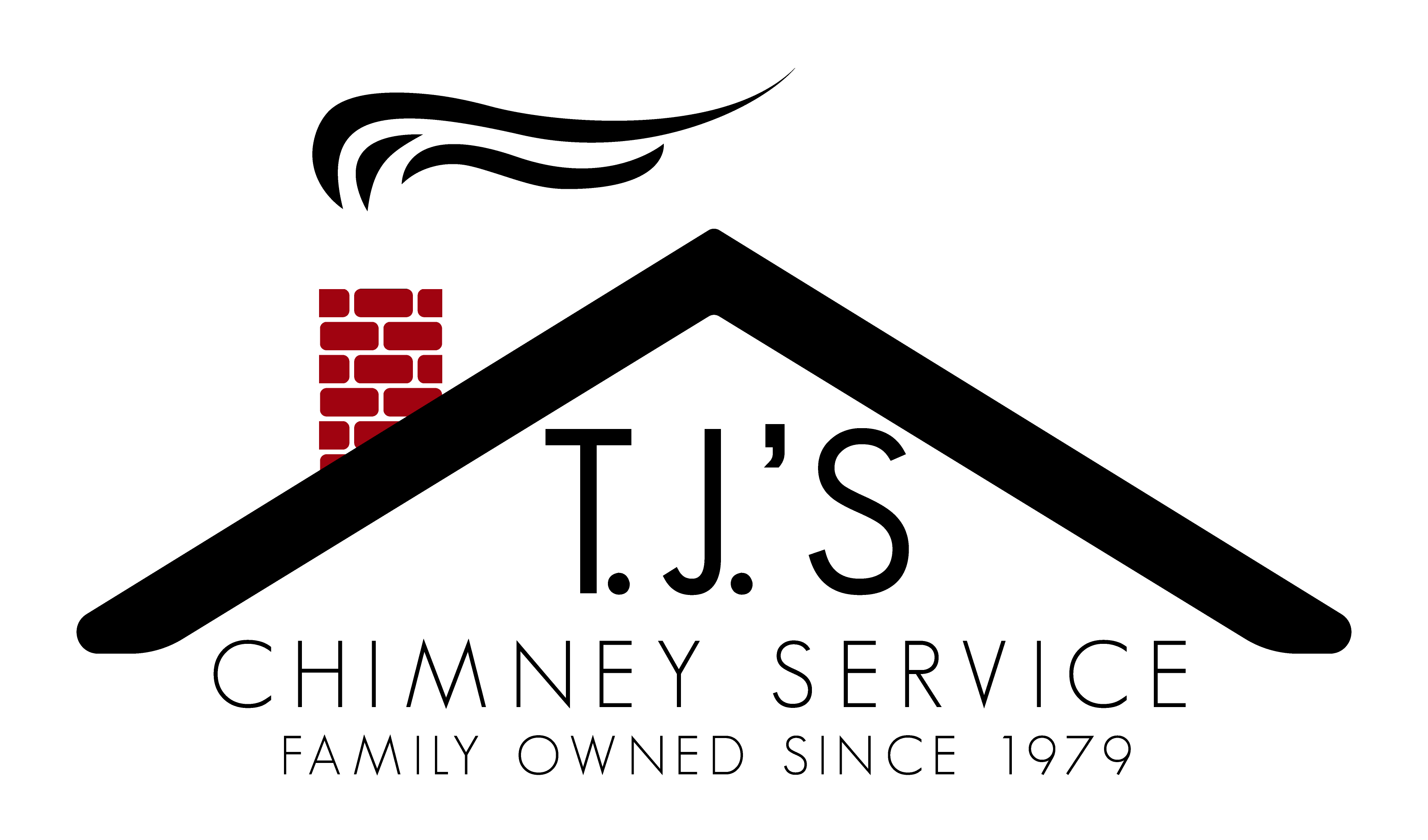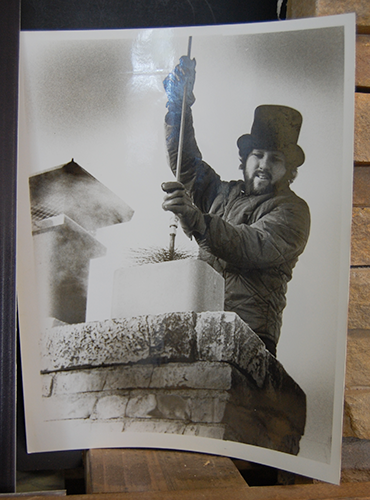
#tbt: Throwback Thursday to the Good Ol’ Days!
Hi! Tim here. I started TJ’s Chimney Sweep back in 1979 (which means we had our 36th birthday this year). I launched it as a way to earn a second income and to get away from working in a factory. This was right at the time when the old oil embargo was well under way…

Why Does My Chimney Stink?
During the summer, when we have hot, humid weather or lots of rain, you may notice an undesirable smell coming from your fireplace and chimney. This odor can be caused by a variety of reasons. Let’s explore some of the most common types of smells and the likely cause. An asphalt or bad barbeque…
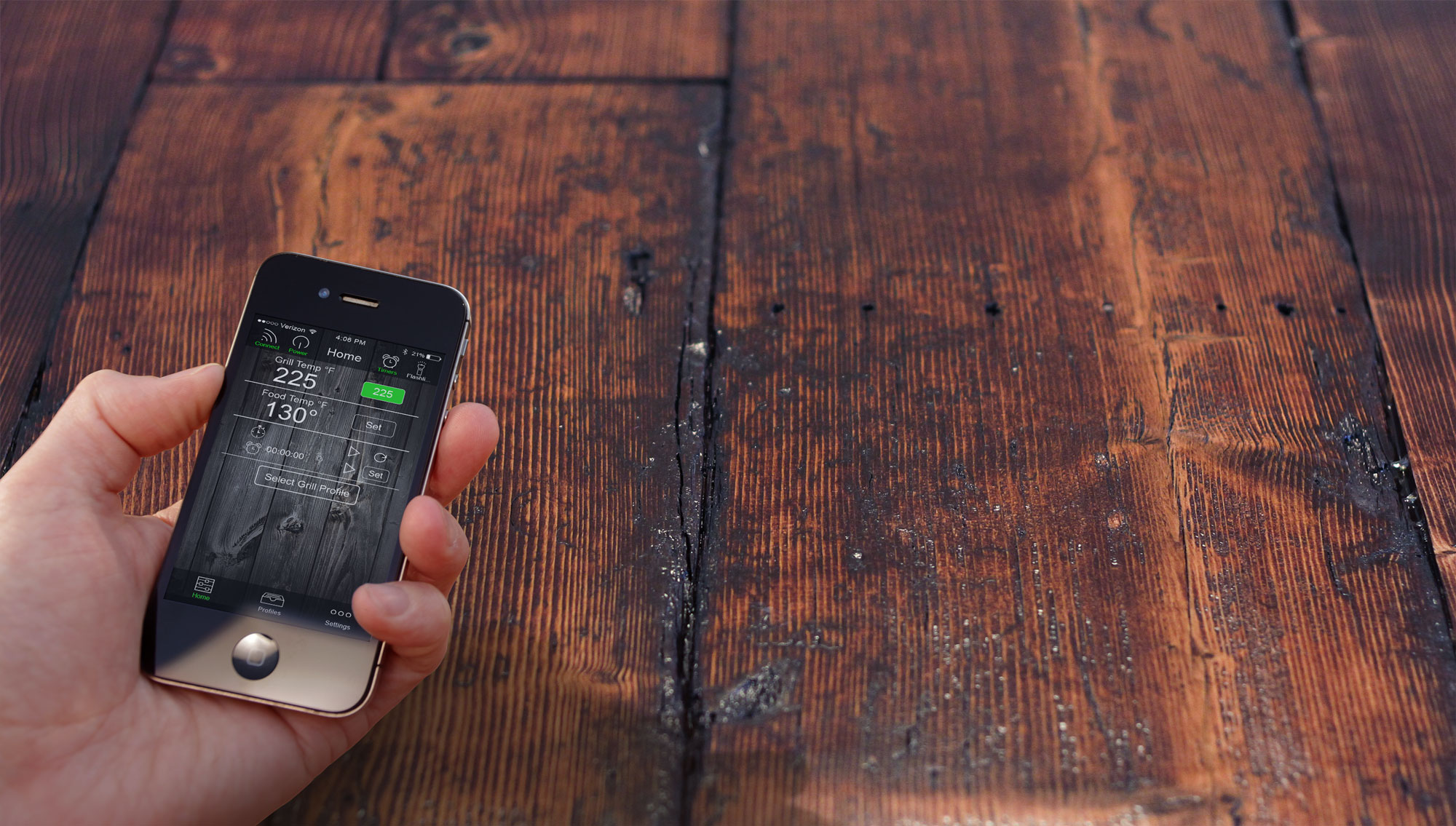
Clothes Dryer Exhaust Safety – 6 Requirements You May Not Know
Did you know that lint and debris can build up in your clothes dryer duct? When lint buildup occurs, it can create potentially hazardous conditions, like dryer fires that can turn into devastating house fires, and carbon monoxide buildup that can poison people and pets – and even result in death. Therefore, it’s important that…
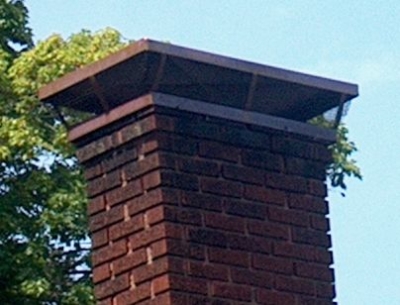
4 Causes of Chimney Crown Cracks
When was the last time you inspected your chimney crown? If you’re like most homeowners, you probably haven’t given much thought to your chimney crown. However, if your chimney crown is cracked and not repaired, damage to your chimney from water and other outdoor elements can quickly escalate, costing you thousands of dollars in repairs.…
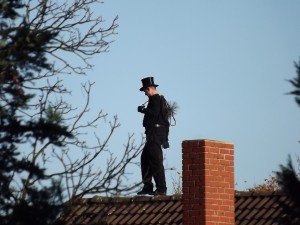
What Is a Level 3 Chimney Inspection?
If you have experienced a chimney fire or major damage to your chimney due to a lightning strike, a severe storm or an earthquake, you should have your chimney inspected by a professional in order to assess the amount of damage done. In these instances, the Chimney Safety Institute of America (CSIA) recommends that you…

Why You Need to Clean Your Oil-Fired Furnace Chimney
Did you know that oil is the dirtiest burning fuel? If you have an oil-fired furnace, not only should you have your furnace inspected every year, you also need to have the chimney inspected and cleaned annually, because oil’s by-products of combustion can be very volatile and corrosive. And neglecting to clean your oil furnace…

When Should I Have My Air Ducts Cleaned?
Did you know that almost 40 pounds of dust is created in a typical six-room house every year? That’s a lot of dust. And all of that dust affects your home’s indoor air quality. If you or a loved one suffers from respiratory health conditions, autoimmune disorders or some environmental allergies, dust can cause some…
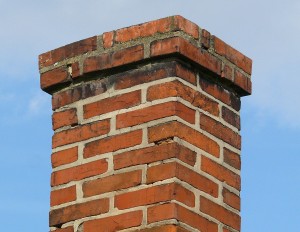
What Is a Level 2 Chimney Inspection?
If you use a chimney to vent a fireplace, wood stove, water heater, furnace or boiler that burns wood or fossil fuels, it’s critical that you perform regular chimney inspections and maintenance for the safe operation of your system. However, the type of chimney inspection you need depends on a number of factors. Are…
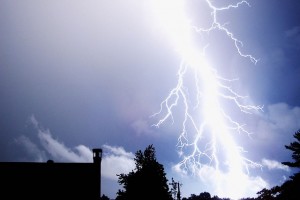
A Lightning Strike Can Damage Your Chimney
It is summertime and you know what that means – it is thunderstorm season again. Every year, we experience about 100,000 thunderstorms in the U.S, according to the National Weather Service (NWS). And about 10% of these storms are severe. While thunderstorms can happen at any hour, they’re more likely during the afternoon and evening…

4 Misconceptions Associated with Dryer Vent Cleaning
Do you know where your dryer vent is located? If we took a poll, a lot of people would probably say it’s the lint trap that they clean out after every load of laundry. Others might say it’s the hose that connects the dryer to wall. In actuality, your dryer vent system includes the hose…
Choose T.J.’s Chimney Service
A family-owned business serving the Indianapolis area for over 50 years, T.J.’s Chimney Service is a name you can trust. Our CSIA-certified technicians will ensure your chimney repair is performed completely, thoroughly and as efficiently as possible. We take pride in our reputation of quality workmanship and customer satisfaction, and are committed to your family’s safety.
If you need a chimney repair, contact T.J.’s Chimney Service. We replace your chimney worries with confidence, assurance and relief.
What Our Clients Are Saying
Tara Tague
So very happy with our updated fireplace! Brandon, David, and Austin did an awesome job. Professional, knowledgeable. Very careful in keeping everything neat and clean. I would recommend TJ’s to anyone who asked. Great job! We love our fireplace.
GOOGLE REVIEW
Dawn Holden
This company went above and beyond to make sure everything was done exactly as I wanted, and done correctly! The installers were professional and friendly, as well as the office workers! I can’t recommend this company highly enough.
GOOGLE REVIEW
William English
Brandon and Jordan did an excellent and professional job of removing our old fireplace and installing the new fireplace. This included masonry and carpentry work. Brandon was very precise with his installation of the cultured stone around the fireplace as well as reinstalling the mantel and trim. We highly recommend them.
GOOGLE REVIEW
Area's We Serve
THE DIFFERENCE YOU CAN FEEL TJs Chimney Service
When it comes to chimney repairs and chimney sweeps, we know you have many choices. But we believe our longevity in the business and reputation for quality sets us apart from our competitors.
As members of the community, we are your friends, neighbors and fellow business owners. For every home we service, we provide the same care and attention to detail we would give our own homes.

